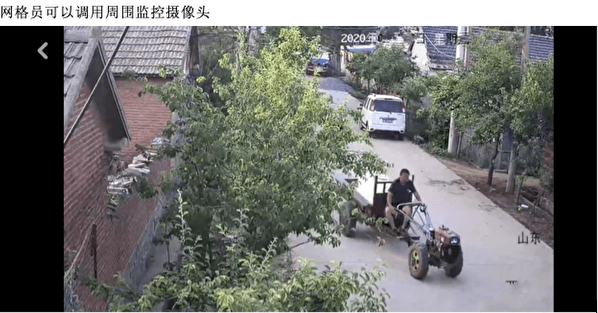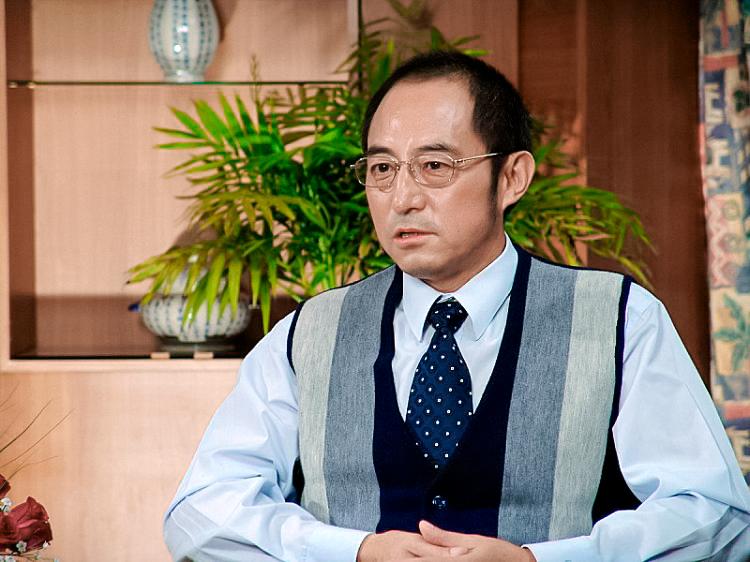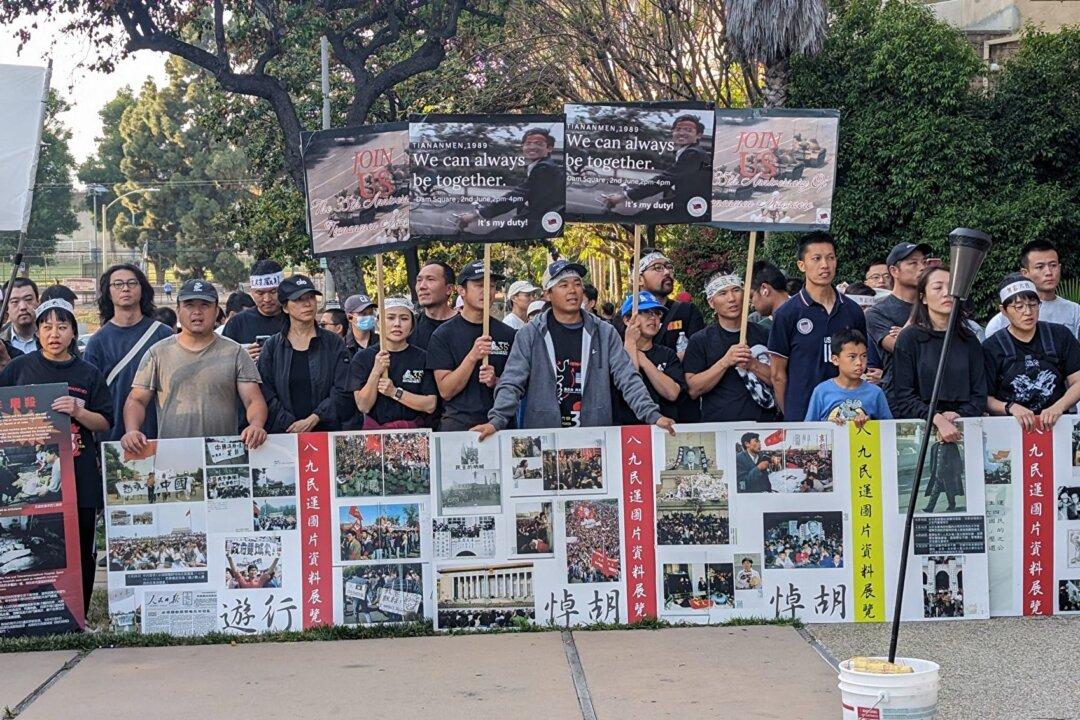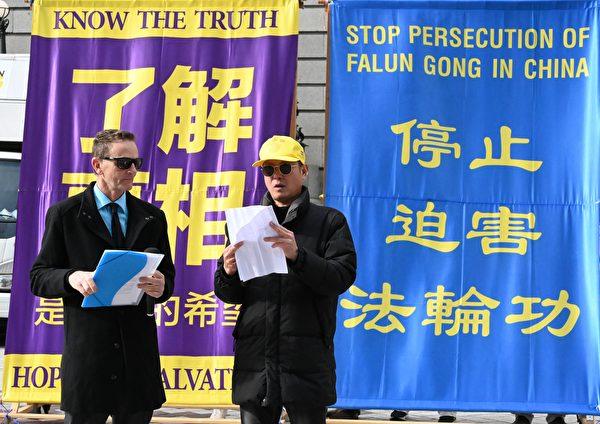The Epoch Times has received internal documents that reveal how China’s propaganda machine controls its pandemic narrative on a local level.
The documents were released by a county propaganda daily operations department.
‘Red Header’ Documents
Labeled as “confidential,” the “red header” documents—official documents with the name of the issuing agency printed in red at the top—were entitled “Dynamics of Publicity Work of Epidemic Prevention and Control.” They were prepared by the county “response group” responsible for publicity and public opinion in regard to epidemic prevention and control.According to the three issues obtained by The Epoch Times, the work of the response group was routinely divided into three categories: “handling of public opinion,” “trends of public opinion,” and “progress and analysis of public opinion.”
Under “handling of public opinion,” the bulletins indicate that Chinese social media such as Weibo and Kuaishou were routinely monitored for “sensitive information.” Methods of “handling” such information included deleting the information, suggesting that it be deleted, and reporting it to the authorities for investigation.
Issue No. 108 concluded that between Sept. 12 and Dec. 1, 2022, the response group had identified a total of 5,161 pieces of information related to the epidemic, deleted 2,927 pieces of sensitive information on social media platforms Kuaishou, Douyin, and Weibo, and shut down 304 live broadcasts.
Under “trends of public opinion,” Issue No. 106 summarized the trends of netizens’ posts: those “reflecting daily life” were increasing, and “videos and pictures related to the pandemic were drastically decreasing.”
Coordinated Censorship Through ‘The Grid’
Regarding “progress and analysis of public opinion,” the response group stressed its campaign of “positive online propaganda—creating an atmosphere of populous fighting against the pandemic,” through the concerted effort of community “grid members” to flood the web with official posts.
The Chinese online surveillance and monitoring system, along with its ubiquitous cameras, has evolved into what is known as “the grid,” with “grid members” in charge of all neighbors within a particular grid.
In urban areas, there are around 300 households in a grid, and in the suburbs, there are around 100 households in a grid.
According to Chinese state-run newspaper People’s Daily, in order to facilitate pandemic prevention and control, the grid system was strengthened into a “better mesh” in 2020, with a massive push to hire additional “grid members” and incorporate them into the local online surveillance system.
At a grassroots level, grid members are local surveillance staff, assisting the efforts of Chengguan—the urban management force mainly targeting illegal street vendors—and police.
“That’s how the CCP achieves the ‘harmony’ of a Communist society,” Wang said.




